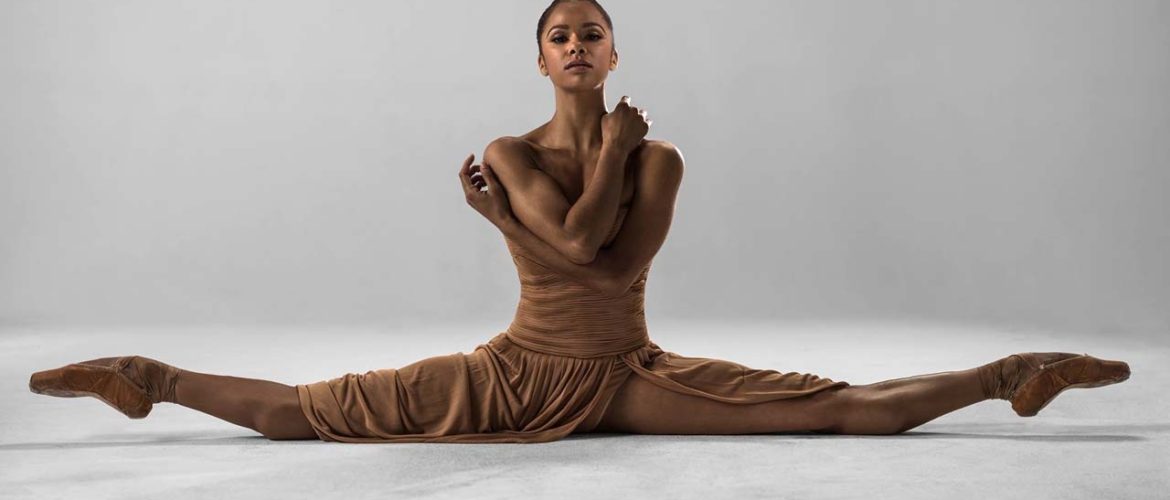
Misty Copeland, American Ballet Theater’s FIRST African-American principle soloist dancer, traveled to Havana, Cuba, for a segment with The Undefeated, a show on ESPN that focus on African-American athletes on their past, challenges, racism in their respective sports, and more.
While there, Copeland practices local dancers and discussed the sport’s lack of diversity; tackling reputation that people of color do not belong on the stage.
“There’s this stigma in classical ballet that brown people don’t belong” said Copeland. “And that the rich culture comes from Europe. Americans have created a long history now in classical ballet, and I think … we are not really appreciated or acknowledged, for as long as we’ve been a part of it — including African-Americans.”
At the Ballet Nacional de Cuba, she needed a little help communicating with the Cuban dancers, but only for things dance couldn’t be used for. “We’re visual learners. It’s easy for us to pick things up in that way. There were certain things … that I had to have translated, but overall we’re speaking the same language of ballet.”

The special also shared Copeland discussing her younger life, how she got started, spending her time at the Boys & Girls club where she lived, and watching her mother support 6 children working multiple jobs.
Copeland proved to be a natural, and got her start in an unusual way. Both her biological father and her stepfather played basketball. Her mother, Sylvia DelaCerna, was a dancer and a professional cheerleader for the Kansas City Chiefs.
“I was playing pool with grown men and whupping their butts,” Copeland remembered with a quick laugh. “And [I was] playing a little bit of basketball, [when] I stumbled into a ballet class that was being held for free on the basketball court by a local ballet teacher who owned a school. [She] was looking for more diverse students to bring into her school on scholarship.”
Despite starting her study and practice of classical ballet much later than most who go on to become professional dancers. After only three months of study, Copeland was en pointe — supporting her body weight by balancing on the extreme tips of her toes.

